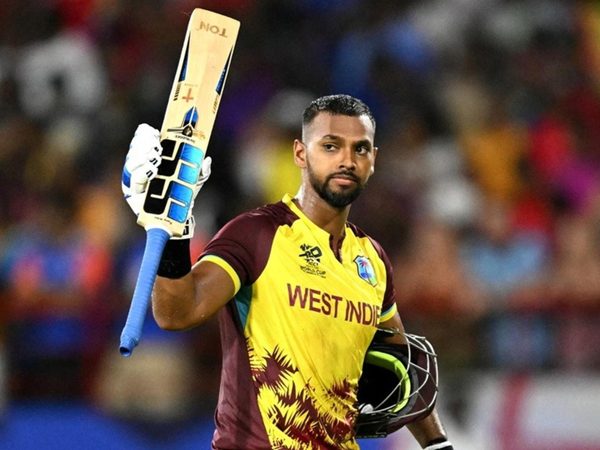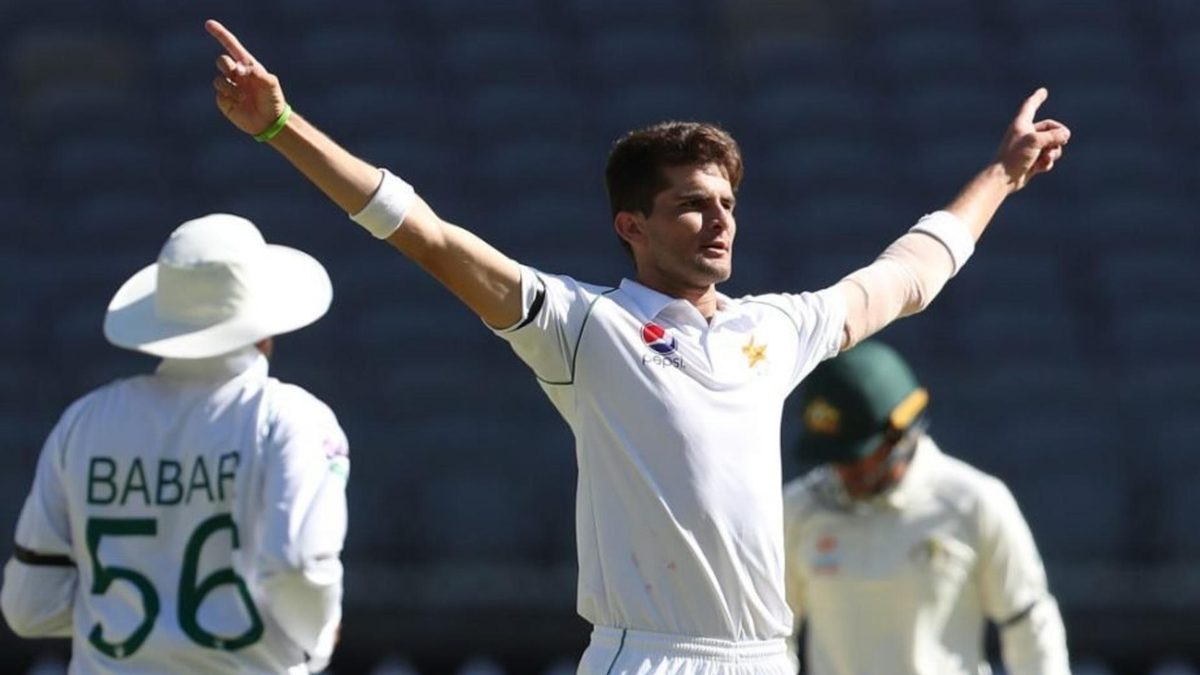
With three teen seamers in their Test squad for the upcoming series against Australia, Taha Hashim explores Pakistan’s constant desire for theatricality.
An 18-year-old quick (very quick) sends them down in the nets. He catches the eye of a bona fide legend who reckons the kid’s got something about him. Javed Miandad knows.
Then comes the debut, not in any regular domestic fixture, but in a match involving the visiting New Zealanders. Figures of 7-50 follow and a Test debut comes two months later, with the kid sent off overseas to play against the men he ripped through on his first-class bow. He doesn’t even know that he’ll be financially rewarded for representing his country.
The kid takes 10 in his second Test, and now he’s a man. Fast forward a few years and he’s got the ball dancing in different directions at the MCG. Allan Lamb and Chris Lewis will fill you in on the details. The man helps his country win the World Cup. Now he, too, is a legend. This story belongs to Wasim Akram. But it is not his alone.
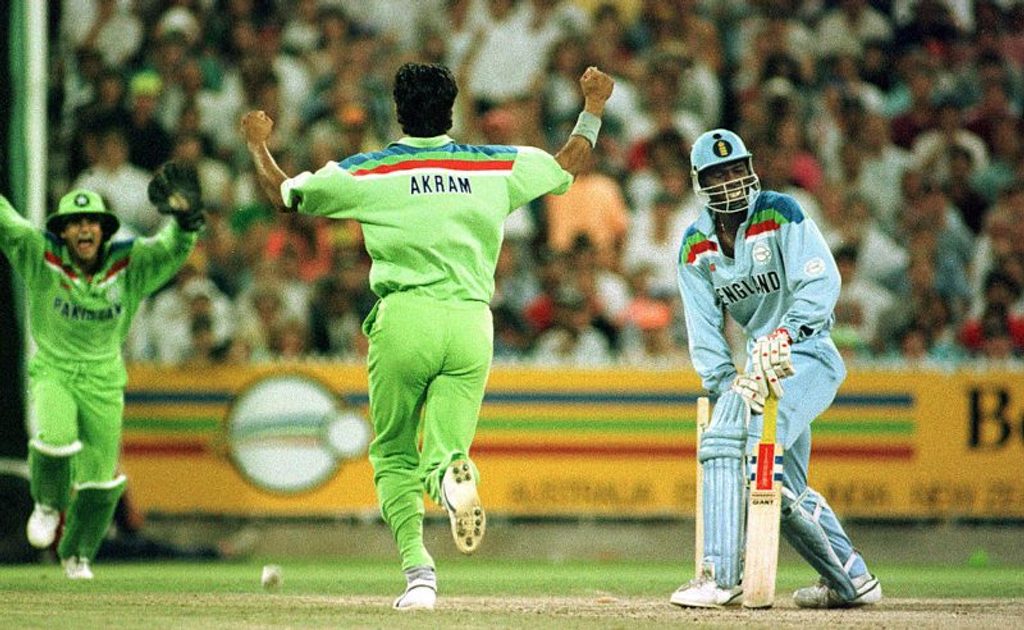 A legend is born
A legend is born
Pakistan is the land where these tales are largely written, for no cricketing nation lives more off the thrill of the overnight success story.
According to ESPNcricinfo‘s list of the youngest cricketers to have played Test cricket, six of the top 10 are Pakistani, with Hasan Raza – allegedly 14 years old when he was told to slot into their middle-order against Zimbabwe in 1996 – at the summit. There is a caveat to this, one noted by Peter Oborne in Wounded Tiger.The ages of many Pakistani cricketers are uncertain due to low birth registration rates in the country.
As Oborne says, if Aaqib Javed made his Test debut at the age of 16 years and 217 days “this entails believing that he made his first-class debut for Lahore Division against Faisalabad – as an opening bowler – aged 12 years 76 days”. In his autobiography released earlier this year, Shahid Afridi revealed he was born in 1975, confirming he wasn’t 16 years old when he made a 37-ball ton against Sri Lanka in 1996. Ever the trickster, Afridi also wrote that he was 19 when he played that knock.
Let’s face it, though: you want to believe in tales of children playing international cricket, not just daydreaming about it. Pakistan make it a reality and you can’t help but admire the irresponsibility of it all.
In England, getting your hands on a Test cap seems to represent the end of an arduous journey. You’re identified as a talent early on and so you head through that well-trodden pathway of age-group cricket, county cricket, winters in academies, a few Lions tours and then, maybe, you’ll land your chance. Journalists are told to calm down when hyping you up. It’s a mature process, one designed to make sure you’re not overawed when you make it to the big time. But where’s the thrill?
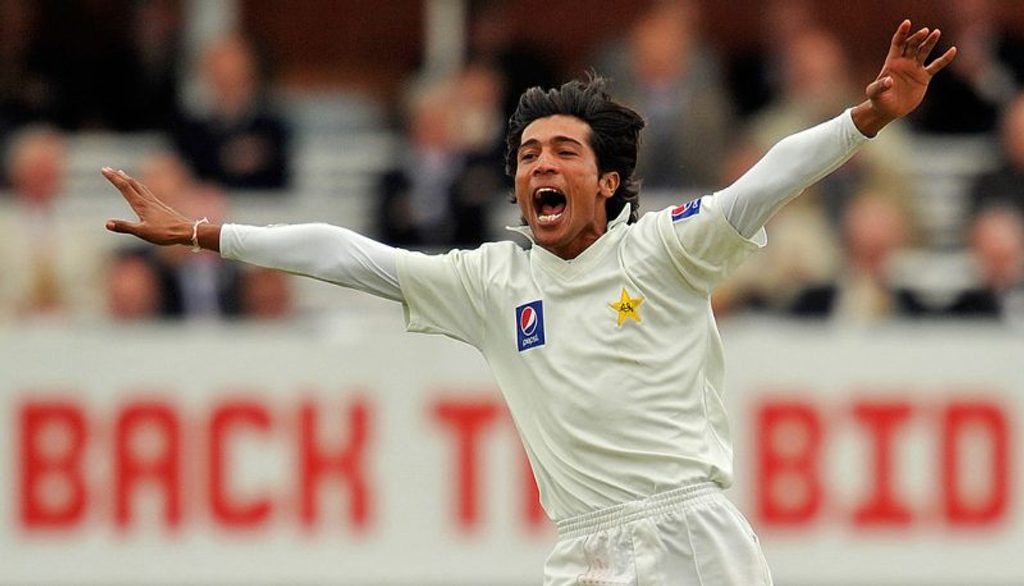 Amir celebrates a wicket during the 2010 Lord’s Test between England and Pakistan
Amir celebrates a wicket during the 2010 Lord’s Test between England and Pakistan
And so you root for the boys from nowhere; you hope that all of them take the path of Akram. Think of Michael Holding, visibly upset at Lord’s after news broke in 2010 of that spot-fixing scandal. “It is so sad,” Holding said as Sky’s pundits tried to make sense of what they had just been told. “An 18-year-old with that sort of talent, and for him to be getting involved in this… It is so sad.”
The teenager was Mohammad Amir, who a year earlier, at the same ground, had bowled Pakistan to a world title. He was the boy from Gujar Khan who grabbed a special someone’s attention at a fast bowling clinic as a 15-year-old. Wasim Akram knew. Legendary status awaited young Amir. But his innocence was seized upon by his own captain and the fairytale turned to tragedy. Pakistani cricket knows a thing or two about both genres.
Still, the desire for grand tales persists. Last month, the PCB dispatched a quite spectacular press release: “Pakistan on Monday decided to unleash their next generation of pace sensations Musa Khan and Naseem Shah, along with teenage Shaheen Shah Afridi, in Australia by naming the trio in the 16-man squad for next month’s World Test Championship fixtures.” Shaheen and Musa are both 19, while Naseem is just 16. It’s magnificently blunt: we’re going to take on Australia on their home patch with a few kids – don’t @ me.
What made the announcement more remarkable was the man behind the decision. Upon the naming of Misbah-ul-Haq as Pakistan’s new head coach and chief selector, for Wisden Cricket Monthly Jonathan Liew aptly described the former national captain as “a pillar of ice in a land of fire”.
And yet even this seemingly detached figure, capable of giving little away, turns up as a hopeless romantic. “Yes it’s a brave and bold decision to select the likes of Musa and Naseem, but we know that their fresh and attacking approach will give us something different,” Misbah said.
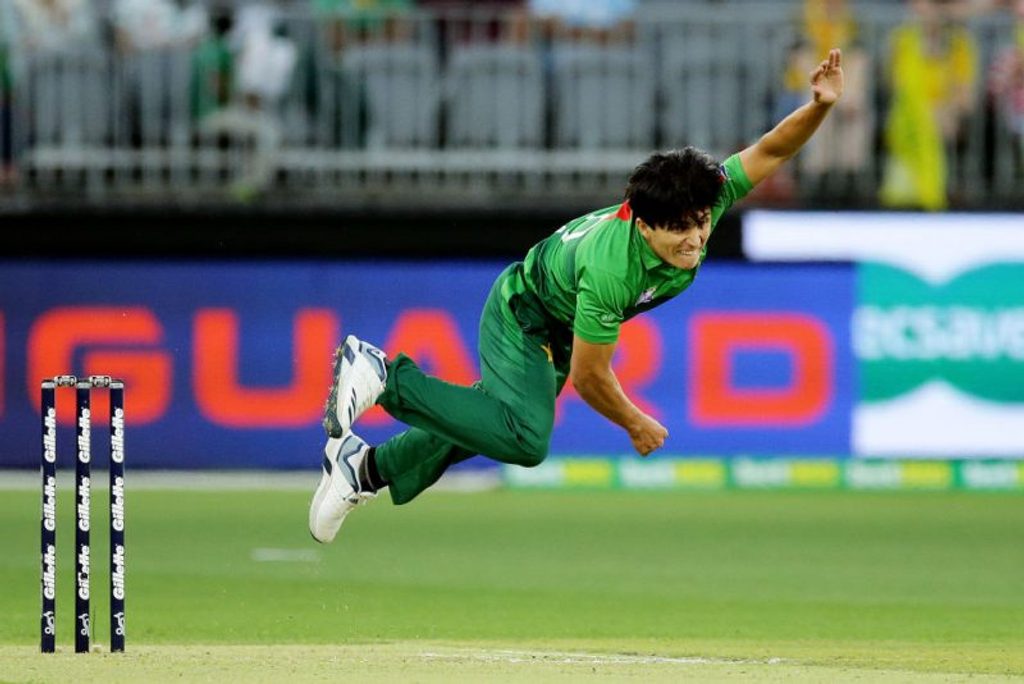 Musa Khan flies through the crease on debut against Australia
Musa Khan flies through the crease on debut against Australia
“I am pretty sure these two lads will surprise a lot of people with their pace, controlled swing and ability to bowl long spells at a consistent speed.”
So what do we know about these three teens? Shaheen is already a star, a tall left-armer with a rhythmical action that produces swing and steep bounce. He tore through Bangladesh earlier this year with figures of 6-35, becoming the youngest man to take a five-for at a World Cup.
Musa’s international debut came in Pakistan’s T20I series defeat to the Australians, with Aaron Finch pummelling him to all parts. But he continuously clocked over 140kph, and it is that level of speed that sides visiting Australia desire so greatly.
The youngest of the lot, Naseem, took a six-for in just his second first-class match as a 15-year-old. Give him a search on YouTube and you’ll see that Misbah’s not joking around. He was named in Pakistan’s side for their tour match against Australia A, but was missing in action across the first two days, his mother having passed away on the Monday. On day two both sides took to the field with black armbands as a mark of respect. Remarkably, Naseem emerged on day three to bowl with real venom, including a snorter that flew off a length to snaffle Marcus Harris’ edge. He was rapid, found bounce and rarely went off radar.
More ???pic.twitter.com/KPCpHRCb8T
— Wisden (@WisdenCricket) November 13, 2019
Now, it still seems likely that Shaheen will be the only teen seamer to take the field in the first Test, with Mohammad Abbas a dead certainty and Imran Khan (ancient, at 32) adding to his cause by picking up a five-for against Australia A. But Naseem’s strong first impression complicates things. A two-day match against a Cricket Australia XI will begin on Friday. This is Pakistan: nothing is set in stone.
Nevertheless, let’s be real. It seems wholly unwise to expose these kids to the force of nature that is Steven Peter Devereux Smith. The last time Pakistan visited Australia he tortured the visitors with 441 runs from five Test innings, two tons and two half-centuries helping him get there. Amir’s five wickets from three matches came at an average of 61.60, Wahab Riaz went at four runs an over, and Sohail Khan, Rahat Ali and Imran made ineffectual cameos.
Pakistan have still never won a Test series in Australia. But all the obstacles simply add to the narrative. If a few kids help Pakistan pull off something special, it’ll rank as one of the great fairytales. At least as great as the last one.




